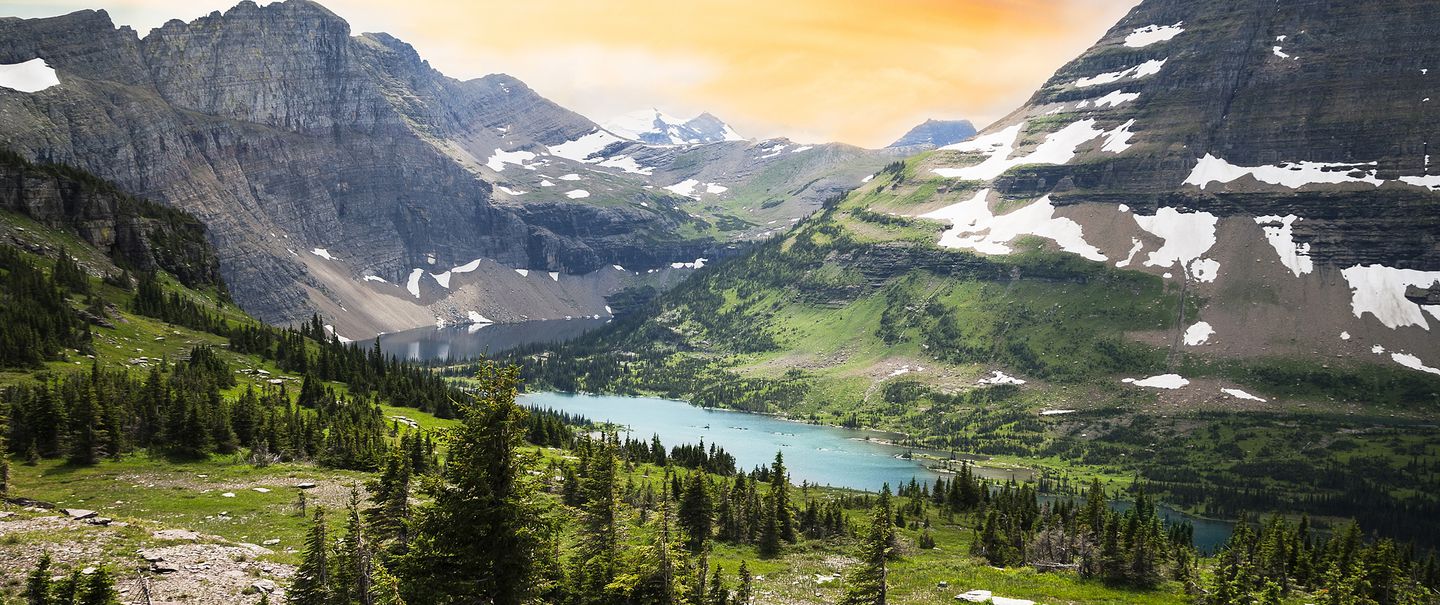Far Out!
Sometimes the best vacations are the ones that don't just allow us to get away from home, but to get away from other people as well, which is especially appropriate in a pandemic. Luckily, we Americans live in a sprawling country full of remote wilderness areas and other escapes from modern civilization. The next time you're craving an escape, wherever you live, consider checking out these sublimely isolated destinations, though some may still be impacted by pandemic-related restrictions.
Related: The World's Most Remote Hotels


























































